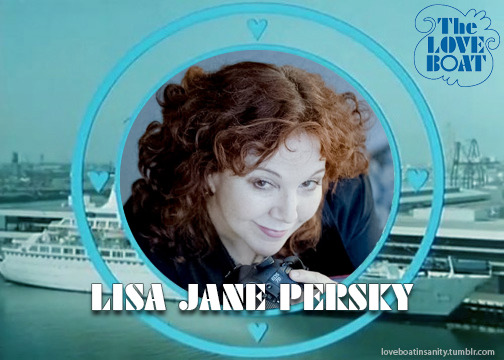#lisa jane persky
Text

Debbie Harry by Lisa Jane Persky, 1977
577 notes
·
View notes
Text

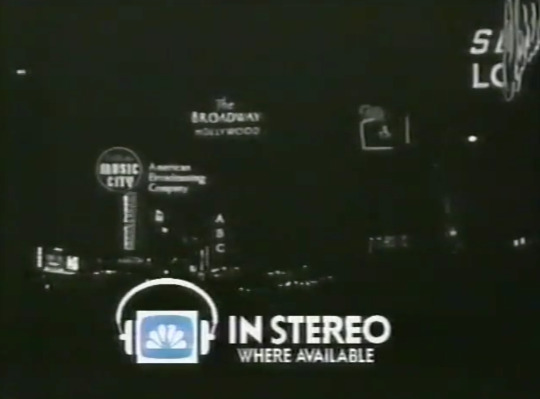



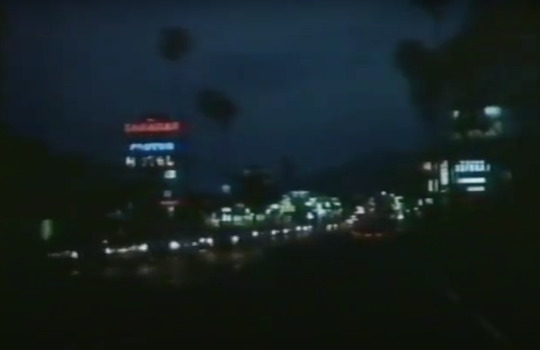


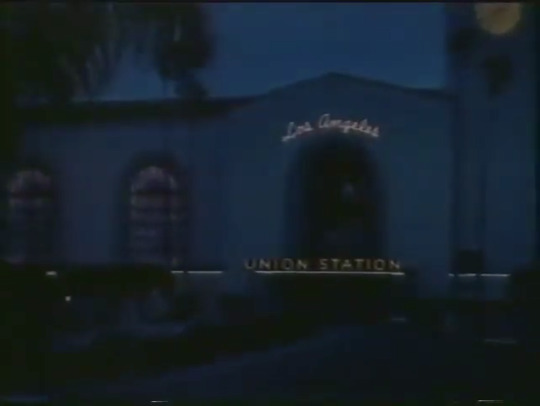
Los Angeles street scenes in the TV movie Private Eye (1987)
10 notes
·
View notes
Text
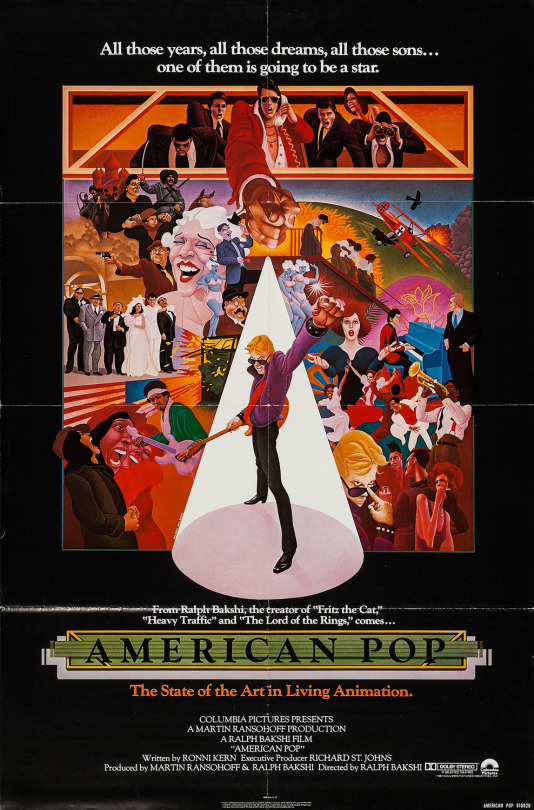
#american pop#ron thompson#lisa jane persky#jeffrey lippa#richard singer#marya small#ralph bakshi#1981
18 notes
·
View notes
Text
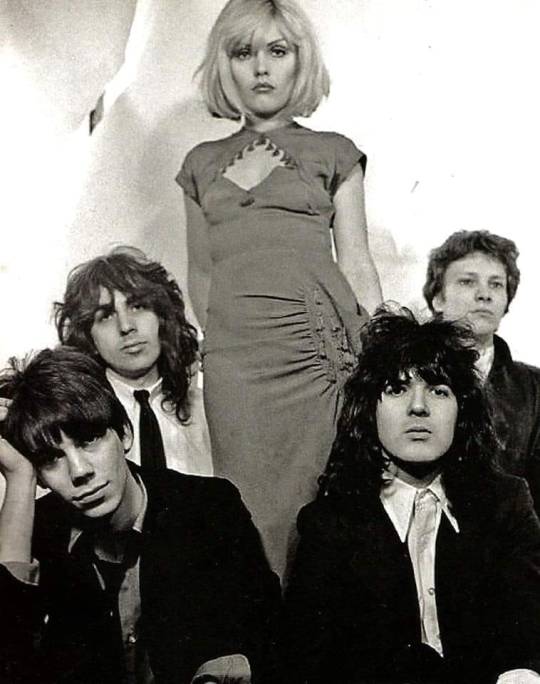
Blondie by Lisa Jane Persky, Fall, 1975
3 notes
·
View notes
Text


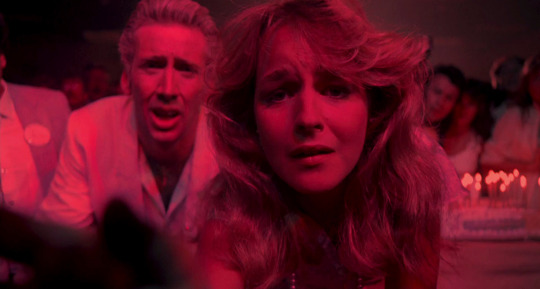
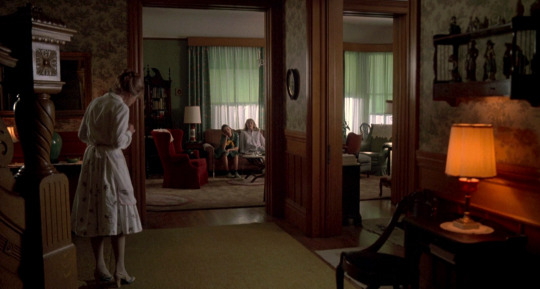
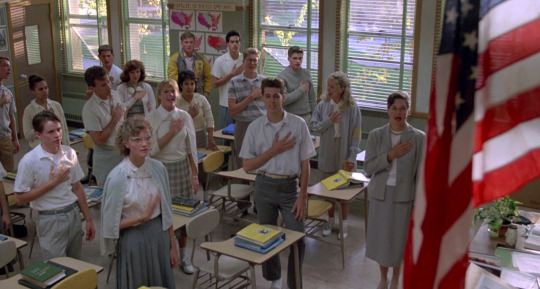

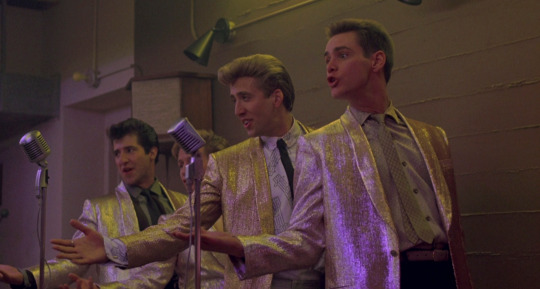




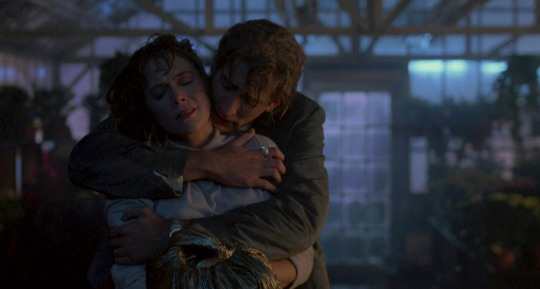
Peggy Sue Got Married (1986)
Dir. Francis Ford Coppola
KNOWING WHAT YOU KNOW NOW, WHAT WOULD YOU DO DIFFERENTLY?
Cinematography by Jordan Cronenweth
#kathleen turner#nic cage#nicolas cage#barry miller#catherine hicks#joan allen#kevin j o'connor#jim carrey#lisa jane persky#sofia coppola#francis ford coppola#jordan cronenweth
0 notes
Photo

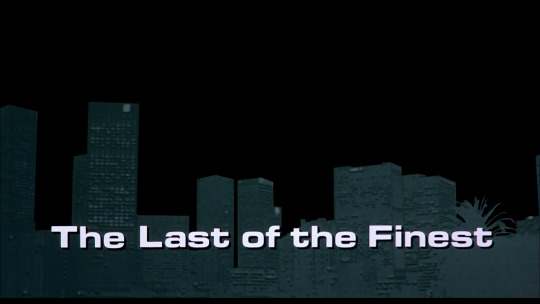
CALIFICACIÓN PERSONAL: 8 / 10
Título Original: The Last of the Finest
Año: 1990
Duración: 106 min.
País: Estados Unidos
Dirección: John Mackenzie
Guion: Jere Cunningham, Thomas Lee Wright, George Armitage
Música: Michael Hoenig, Jack Nitzsche
Fotografía: Juan Ruiz Anchía
Reparto: Brian Dennehy, Joe Pantoliano, Jeff Fahey, Bill Paxton, Michael C. Gwynne, Henry Stolow, Guy Boyd, Henry Darrow, J. Kenneth Campbell, Deborra-Lee Furness, Lisa Jane Persky, Xander Berkeley
Productora: Orion Pictures
Género: Action; Drama; Crime
https://www.imdb.com/title/tt0099991/
TRAILER:
youtube
0 notes
Photo





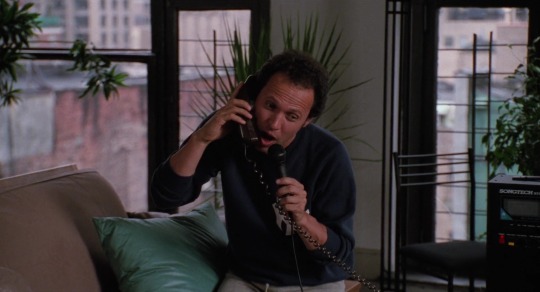

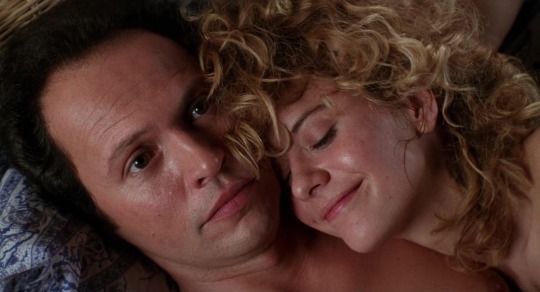

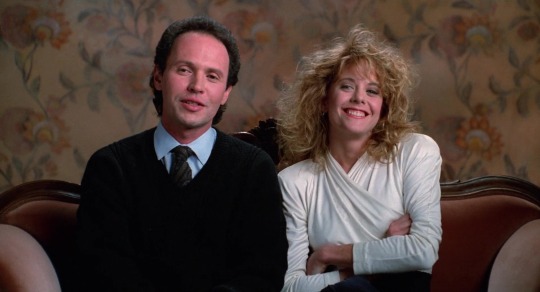
When Harry Met Sally... (1989, Rob Reiner)
12/27/21
#When Harry Met Sally#Rob Reiner#Meg Ryan#Billy Crystal#Carrie Fisher#Bruno Kirby#Steven Ford#Lisa Jane Persky#Michelle Nicastro#comedy#drama#romcom#80s#sitcom#friendship#dating#battle of the sexes#New York#opposites attract#New Year's Eve#romance#old friends#girlfriends#buddies#conversations
19 notes
·
View notes
Photo




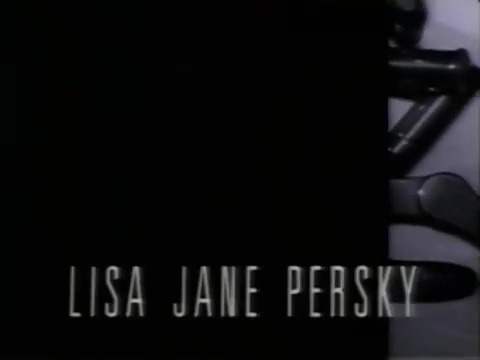

The Antagonists - CBS - March 26, 1991 - May 30, 1991
Legal Drama (9 episodes)
Running Time: 60 minutes
Stars:
David Andrews as Jack Scarlett
Lauren Holly as Kate Ward
Lisa Jane Persky as Joanie Rutledge
Brent Jennings as ADA Marvin Thompson
Matt Roth as Clark Munsinger
#The Antagonists#TV#CBS#1990's#Legal Drama#David Andrews#Lauren Holly#Lisa Jane Persky#Brent Jennings#Matt Roth
2 notes
·
View notes
Text
Last chance: 'Breathless' American style on Amazon Prime and Hulu
Last chance: ‘Breathless’ American style on Amazon Prime and Hulu
I’m still not sure if it was an inspired or a terribly misguided idea to remake Jean-Luc Godard’s debut feature, a French nouvelle vague classic of outlaw cinema in every sense of the word. Godard made his splash by defying conventions and announcing a fresh, energetic, new approach to telling stories on screen and a criminal anti-hero who revered American gangster icons and seduces an American…

View On WordPress
#1983#Amazon Prime Video#Art Metrano#Blu-ray#Breathless#DVD#Hulu#James Hong#Jean-Luc Godard#Jim McBride#John P. Ryan#L.M. Kit Carson#Lisa Jane Persky#Richard Gere#Valérie Kaprisky#Valerie Kaprisky#VOD#Waldemar Kalinowski#William Tepper
6 notes
·
View notes
Text

Debbie Harry by Lisa Jane Persky, 1977
432 notes
·
View notes
Text
Sure, Say Anything About Grosse Point Blank
Sure, Say Anything About Grosse Point Blank
Bored of the current crop of superhero franchises I’ve decided to create my own trilogy narrative using older films starring the same actor. It brings a whole new light to those 80/90’s classics cluttering up my hard drive. The premise is a simple one. The actors that were making teen films or goofy comedies in the 80’ and 90’s are still making films and have done for the best part of 30…

View On WordPress
#Anthony Edwards#Benny Urquidez#Boombox#Dan Akroyd#Daphne Zuniga#Grosse Pointe Blank#Hank Azaria#In Your Eyes#Ione Skye#Jeremy Piven#Joan Cusack#John Cusack#John Mahoney#K Todd Freeman#Lisa Jane Persky#Minnie Driver#Mitchell Ryan#Peter Gabriel#Say Anything#The Sure Thing#Tim Robbins#Viveca Linfors
3 notes
·
View notes
Text
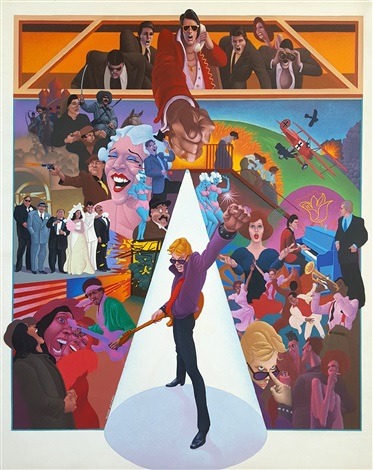
8.3.20
#film#letterboxd#watched#american pop#ralph bakshi#ron thompson#lisa jane persky#jeffrey lippa#frank de kova#roz kelly#mews small#elsa raven#richard moll#lee ving
5 notes
·
View notes
Photo

Debbie Harry photographed by Lisa Jane Persky, 1970s.
570 notes
·
View notes
Photo
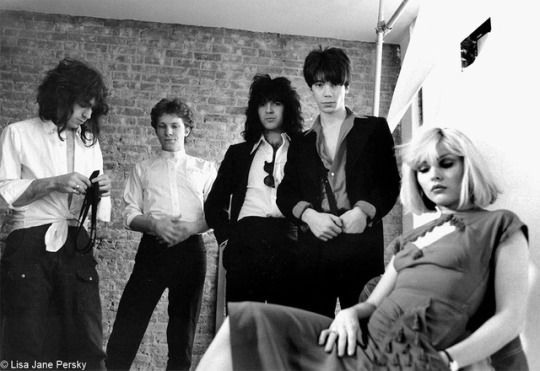
“I’m Compelled To Do It”; an Interview w/Lisa Jane Persky, Photographer, Writer, and Artist
In high school I was going to move to New York and grab the city by its throat. I was going to have at least 500 friends, own a punky couture boutique, and hold gothic open mics there every night and maybe date a Stroke for a few months. My imagination was like an entire universe of different identities, with tiny planets for NYC, Paris, 90s Seattle, 20s Greenwich Village. My favorite magazine was Pitchfork Review, and when I read Lisa Jane Persky’s piece, “X Offenders: A Typical Day in the Life of an NYC Proto Punk”, I got really jealous of her and then I got over that and wanted to know more. So I sent her a pouring my heart out email about how boring my neighborhood was, and how her story gave me hope for my own “New York story.” Sappy, right? Also, it was likely the truest thing I had ever written, before or since. As an over emotional messy artist, I’ve learned that the only way for me to get anything done is to rip open my heart and be as (healthily!) vulnerable as I can. In my experience, this has led me to knit a sweater for my favorite lead singer (Luke of the Walters) throw pads at Mario of the Orwells, and interview one of the coolest people I know.
Hi Lisa! How are you?
Lisa Jane Persky: I’m fine, just doing so many things at once! How are you?
I’m good! What are you working on right now?
LJP: I’m going to do a ten-day residency in London in June with my friends at Underground, a subculture inspired brand that makes some cool favorite stuff of mine. We found each other in 2015 and have been plotting something to do together ever since. June is Music Month in the UK and the residency will first of all be a show of my early photography, mostly of the Blondie days, and CBGB's time, really early, like 74-75. Along with that I’m programming various events, so different artists will come, DJs, musicians, underground comic book illustrators, all along the lines of subculture and music.
What made you want to photograph Blondie, since you were already familiar with them as friends?
LJP: Mostly it was access to a camera! I had a camera my dad used to use, and the band was just so cool looking, and I was going out with Gary Valentine at the time. Chris and Debbie were living in my friends loft, which is now known as the Blondie loft on the Bowery, where the band also rehearsed, and up there on the fourth floor was a big, torn white backdrop for portraits. It all started with an *official* session where I took 5 rolls of film in the loft, and those were pretty cool so I just kept going.
What is a good picture to you?
LJP: I like looking at people, studying them and observing what they do. When I shoot portraits we create an atmosphere together. I try to make a comfortable space for the subject to play, to be who they are with me, in spite of my lens I really enjoy seeing that, and the collaboration of it. It has to mean
something to me and I try to frame in the camera, and not edit it later. My eyes really were the frame then. Everyone looks so beautiful, was so young. When you’re young, you think, “we’re all so that!” And they were. Debbie’s a beautiful woman. She makes a picture look good, without much effort. I’m all
about making Instagram a place for my work right now. I like the shooting for that square shape. I love seeing other people’s photography evolve there.
Who were some of your other musical subjects?
LJP: I photographed Martin Rev of Suicide, I did a series on keyboard players, Cherry Vanilla’s, Zecca, and Richard Sohl, Patti Smith’s keyboard player, Kristian Hoffman of the Mumps, Lance Loud and the other Mumps, The Fast, mostly my friends and mostly portraits. I prefer to see live music rather than photograph it.
Yeah! I photograph shows sometimes and I prefer to ask to take pictures of the band after because I feel like the subject will give me more than when they’re thinking I’m just an anonymous photographer. What motivates you as an artist?
LJP: I’m compelled to do it, I want to do it. That said, writing is harder for me than all the other things I do. I’m not really sure why. I think it’s because there’s a loneliness to it that the others don’t have. Even when I’m out photographing my landscapes, which I call Lonescapes because there are no people in them, I never feel lonely. But there’s some kind of foreboding loneliness in writing that keeps me away from it. But I love having written, which is how most people probably feel.

”The picture of me is a photo booth pic. I’m wearing an Eagle’s Nest T-Shirt. The Eagle’s Nest was a gay hardcore leather bar in the Meatpacking District (no girls allowed) and their symbol was that Eagle on the shirt, which is the eagle that in part inspired Arturo Vega to design the Ramones Eagle. There are all kinds of other stories out there about Arturo's art but he loved America and being in it, had a great sense of humor about its hypocrisies. The Bicentennial was coming up and that was a very big deal in New York City with sailors from the fancy wooden Tall Ships arriving and all. Anyway, I thought you might like to see that and know about it. The Eagle's Nest is now called The Eagle and it has moved uptown from its old location.”
What do you get out of making art?
LJP: The most important thing is what connects me to different people. I like being able to be in the world with others to share stories with people who aren’t necessarily like myself. Each of these things I do connects me to others in different ways. I value that, making and having friends and exploring the world through art and music together more than anything. But I also have no idea what else I’d do. I really don’t.
So the way we met online was through me reading your piece in Pitchfork; what made you want to write that?
LJP: Every year my husband and I go to a conference that highlights music writing of all types, a very eclectic mix of people and papers, and I one year presented a paper on my interview with the Ramones, which I did the day after their first record came out. And then I wanted to write another paper, since everyone had been asking me, “what was it like back then?” And I had read something Tommy Dean (Mills), who owned Max’s at that time in the 70s had said in an interview. He said that all the girls who came to the club with or to see the bands back then were either hookers or groupies. And I read that and it made me really mad, because all of us had been working our tails off, we were not hookers or groupies! Not that there is anything wrong with being a hooker or groupie, it’s just that way he characterized all the women. It said more about him than us but that quote coupled with people asking what it was like, made me decide to write what it was like for me. So I wrote that and presented it at the conference, and used photos I had or had taken or found that went with the text, so people could get a three dimensional look at what a day in the life in downtown New York back then was like.
What was writing for the New York Rocker like?
LJP: Well, that is why I was interested in what you’re doing, because it’s very similar. It was just a bunch of us going to these shows. Early on there was hardly anyone going, just us, the people in the bands and the neighborhood, other artists, our friends and then Alan Betrock. He was older and always a superfan of rock music, especially pop and girl groups. He had a zine before there were zines. I don't know what you'd call them but it was amateur publishing by smart people and he and others like Greg Shaw would
write to each other about records newsletter style sometimes on mimeograph paper because they didn’t even have Xerox machines then and they’d snail-mail it around because it was the only way. So he showed up and we knew he was a kind of force and then it was like “Lets have a newspaper!” and he gave birth to New York Rocker with us as his staff and we wrote about each other and it was much more representative of the downtown music scene in the early '70s than PUNK magazine was. PUNK magazine was great but was its own more specific world.
What do you think was the most interesting thing one of these musicians said to you?
LJP: One of my favorite answers, when I asked the Ramones in July of 1976 what they liked to do when they weren’t making music, they all agreed, and I think it was Johnny who said it, “we like to hang out in stairwells.” And he wasn’t kidding; they liked to hang out in stairwells in Queens. One of the things that was good about being there and these early interviews was you got an idea of who everyone was in an unguarded way except for Patti Smith who always seemed strategic and cautious. It was before anyone else there was famous or known, and no one knew whether they were going to be anyone or not. We were all hanging out with our pants down, there was no hiding going on.
What do you think were punk’s biggest inspirations back then?
LJP: In the beginning, they were all pop bands, really. Everyone really liked pop, and everyone was a fan of real rock n roll, and what we heard on the radio was more like Bread and yacht rock before it was called that, and it didn’t feel like what we grew up with and times were tough and a lot of us were just furious, had a ton of energy that needed an outlet. And then, too, we all liked glam. These things, the pop sensibility, the love of glam and the performative aspects of that and the furious energy was the most visible, in many of the Max's and CBGB'S bands 74-76. In 76 the Sex Pistols who had been influenced by The Ramones but had their own kind of fury and other UK bands started to have an effect. There was a lot of discussion, which I wrote about in the New York Rocker and the LA Weekly, about whether our New York music was punk. And we didn’t think so. We were, most of us, a bunch of punk kids but Punk wasn’t a good moniker for most NY bands.
A lot of your Pitchfork article was also about your acting career. How did you get into acting?

LJP: Yeah, that article was about the time when you could still get an apartment for $65 a month in Greenwich Village. There was a lot of experimental theater in the neighborhood, and this guy who lived in my building was a wonderful, known playwright and all around character in The Village named Harry (H.M. Koutoukas), and he came up to me on the street one day and said, “Darling I've written a play for you. Rehearsals start on Sunday. The pay is $25 a week. I’m sending someone to pick you up.” And I didn’t really have anything better to do, I wasn’t sure what I was doing. It was right after I graduated from high school. The guy he sent to pick me up, came to my apartment, walked me from there to the East Village to La Mama Experimental Theater Club and we started rehearsals, and that got my career started. I was enthusiastic and had a passion for it and even more important, I got laughs. The guy who picked me up and walked me to the first rehearsal of the play was the same person who let Chris and Debbie move into the loft on the Bowery with him. The theaters I worked in were right around the corner from CBGB’s so it was convenient to go to shows after I’d perform. The acting part of my career went on until about 2005. I haven’t done much of it since then but I'd welcome the opportunity to play some juicy part with fun people.
What was your favorite acting role?
LJP: Well, that’s a hard question to answer because I’d almost always think, “this is the best job, this is the most fun I’ve ever had!” I loved the film The Big Easy, because I had worked with the director Jim McBride before, and we knew each other pretty well. And there was a preponderance of male
characters in that script and I said to him, “you should make one of these detectives a woman. It would be so much more interesting.” We had to convince the producer, and we did, and I basically got to write my own role.
And you were in the Golden Girls! What was that like?
LJP: Well, those ladies are pretty amazing and admirable, as you might imagine. Bea didn’t like to talk very much. She would come in every morning and say “good morning everyone” and not really talk to
anyone all day, unless she had a note for you about your performance. It was quite odd. It was fun, but there were more fun jobs. It was more fun to watch them work.
What music/art/other stuff do you like today?
LJP: Theres a band called Shame that’s from the UK, and they just put out a record called Songs of Praise. I’ve seen them live and they’re fantastic. They have the spirit that I saw back then, in the mid 70s from all the punk bands that we didn’t call punk. I love Mary Epworth who is putting her own unique
ethereal spin on psychedelia. She has a beautiful voice. I love so many artists and musicians that I don’t know where to start listing but I’ll tell you this, at any given time you might find me listening to Rhys Chatham’s Guitar Trio Is My Life! I’ve been listening to Simple Minds again lately. I like Orwells, who I
learned about from you. When I was growing up I was the only girl that I knew who had a record player and records. My father worked at a newspaper, so I got a lot of free records. My stepfather was a violinist and he would buy me
more experimental music. I always liked noise and I was the only girl I knew who liked prog, and I still like prog. I love Steven Wilson, from Porcupine Tree--but not Porcupine Tree. I like his prog band which goes by his name. I like his work in part because he writes interesting songs about women. No one’s
really paid enough attention to that. Prog is leaving behind it’s reputation as a masculine ghetto. Someone needs to write about it. Maybe me, but I haven’t gotten around to that.
Interview by Chloe Graham
All Images Courtesy of Lisa Jane Persky
11 notes
·
View notes
Photo

- I would be very careful about this if I were you. What if you fall into the hands of some madman with plans to manipulate your brain?
- Well, that's why I was getting a divorce!
Peggy Sue Got Married, Francis Ford Coppola (1986)
#Francis Ford Coppola#Jerry Leichtling#Arlene Sarner#Kathleen Turner#Nicolas Cage#Barry Miller#Catherine Hicks#Joan Allen#Kevin J. O'Connor#Jim Carrey#Lisa Jane Persky#Lucinda Jenney#Wil Shriner#Barbara Harris#Don Murray#Sofia Coppola#Helen Hunt#Jordan Cronenweth#John Barry#Barry Malkin#1986
5 notes
·
View notes
